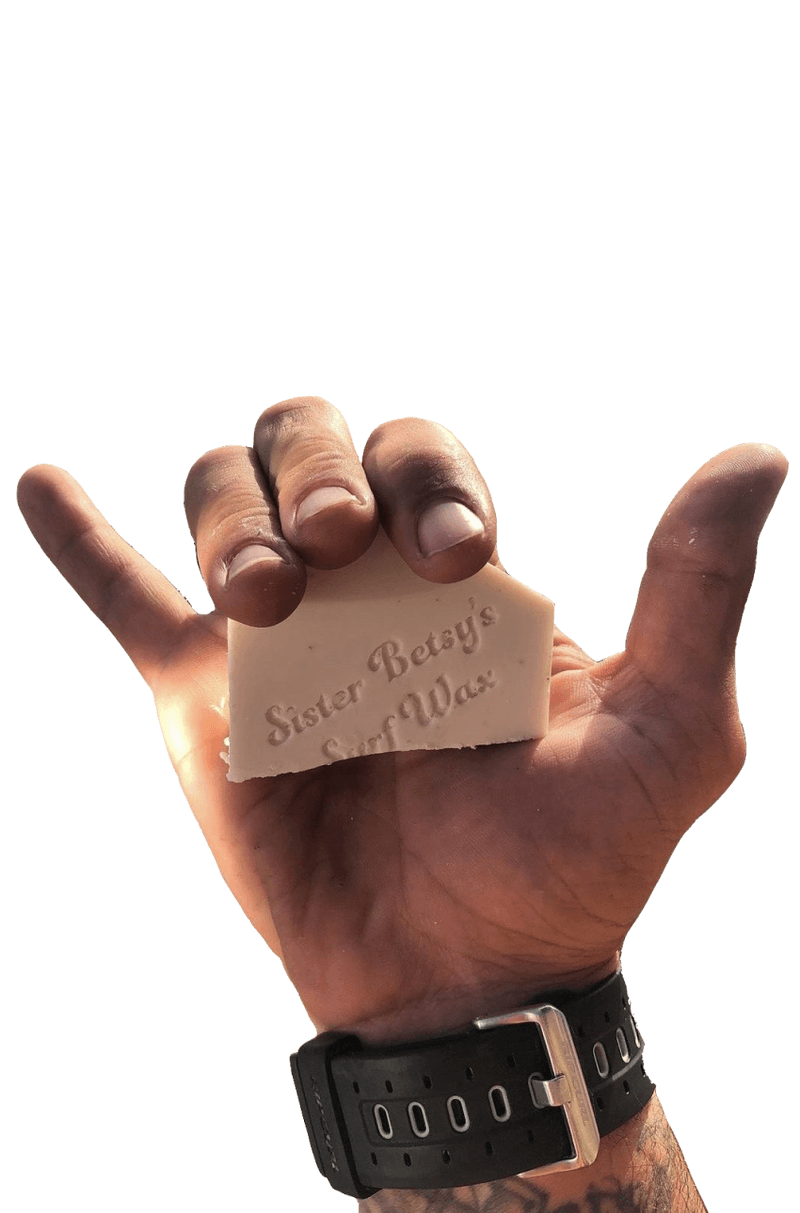Surfing, a sport deeply rooted in ancient cultures, has seen a fascinating evolution over the centuries. While the essence of riding a wave remains unchanged, the gear used to catch those waves has transformed dramatically. Let's paddle back in time and explore the evolution of surfing equipment.
1. Ancient Alaia Boards
Centuries ago, in the Polynesian islands, surfing was a pastime of royalty. The boards, called 'Alaia', were made of solid wood and were long, flat, and heavy. Riding them required immense skill.
2. The Introduction of the Malibu Board
Fast forward to the 20th century, and the Malibu board made its debut in Australia. Lighter and more maneuverable than its predecessors, it revolutionized the sport, making it accessible to many.
3. The Shortboard Revolution
The 1960s and 70s saw a shift towards shorter boards, allowing for more aggressive maneuvers and dynamic surfing. This era birthed the modern performance surfboard.
4. Modern Materials and Design
Today's boards are a blend of art and science. With the introduction of materials like epoxy and expanded polystyrene, boards have become lighter, more durable, and tailored to individual surfing styles.
5. The Rise of Eco-Friendly Gear
The surfing community's love for the ocean has sparked a move towards sustainable gear. From eco-friendly waxes to boards made of recycled materials, the focus is on reducing the environmental footprint.
Conclusion
The evolution of surfing gear is a testament to the sport's adaptability and the community's relentless pursuit of perfection. As we ride into the future, one can only imagine the innovations that await on the horizon.




